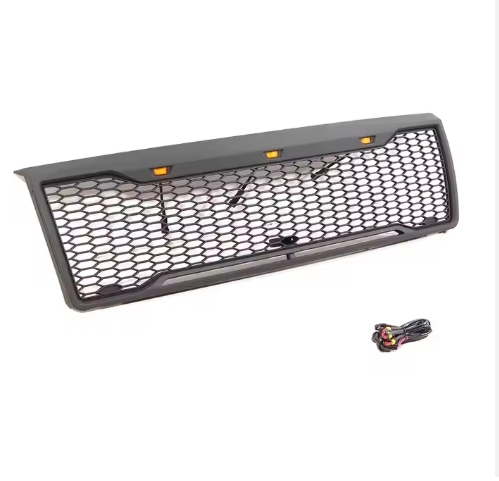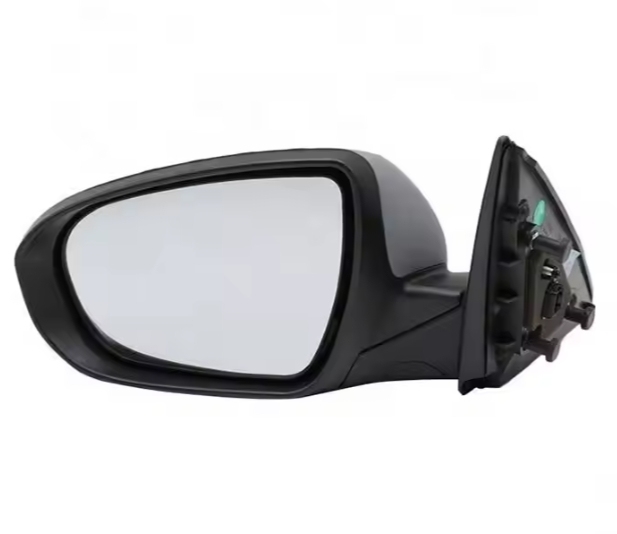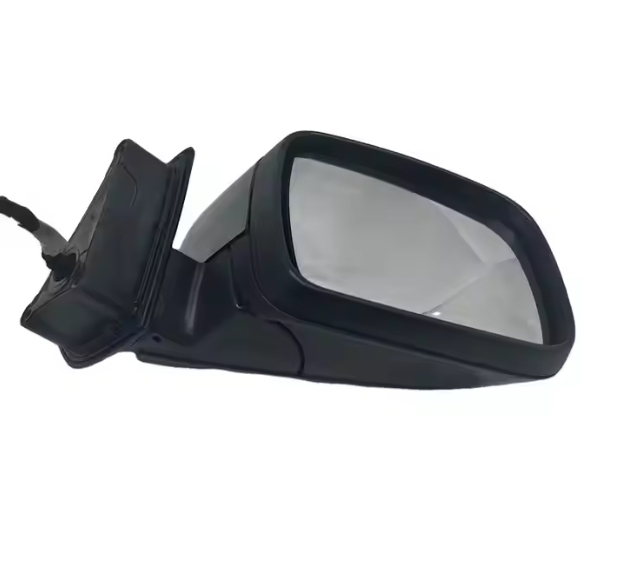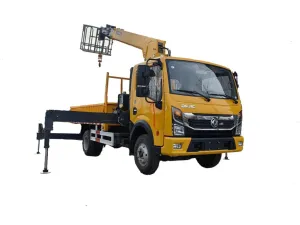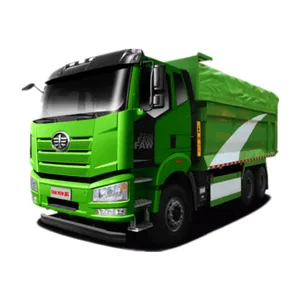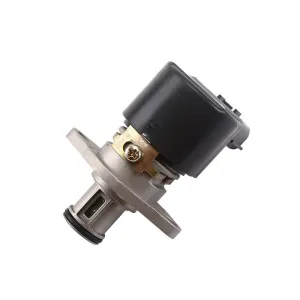Second-hand POLO’s standard testing brake fluid allows replacement rules to follow
Everyone knows that brake fluid is a consumable item and needs to be inspected regularly and replaced in a timely manner. What is the basis for replacement? The store requires 2 years or 6W kilometers, but many riders are not very willing to follow this standard. Instead, they ask in the group or simply delay it for a year before changing it. Instead of having no standard implementation, it is better to follow the test results. It is more instructive.
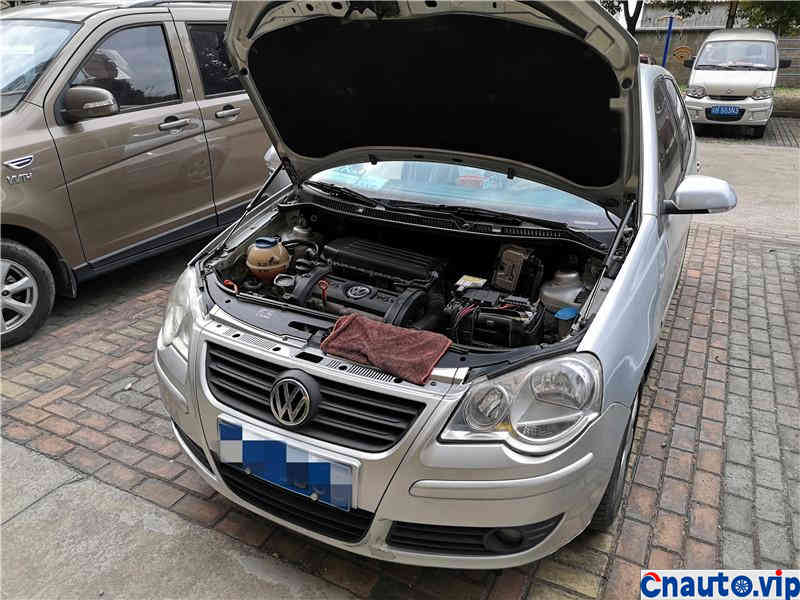
It has been some time since the brake fluid was replaced last time, and today I am going to check whether the brake fluid needs to be replaced.
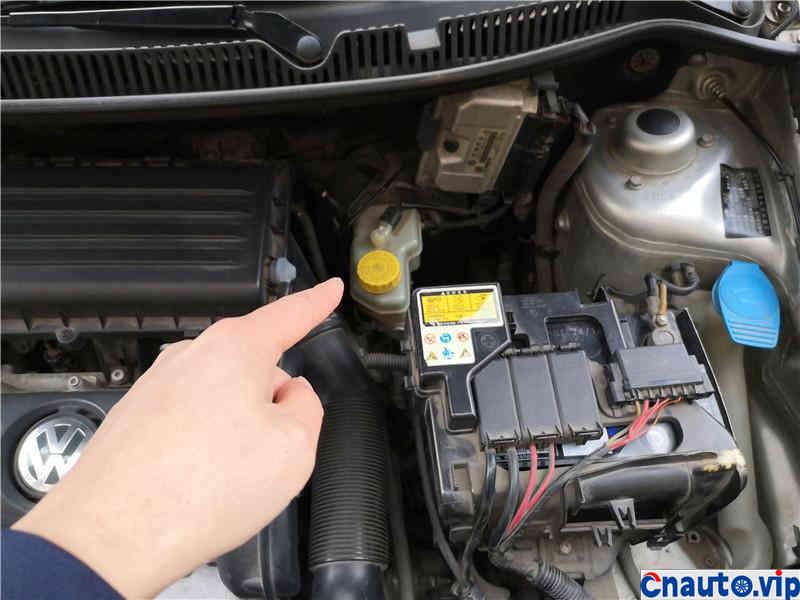
Brake oil tank position.

Unscrew the lid.
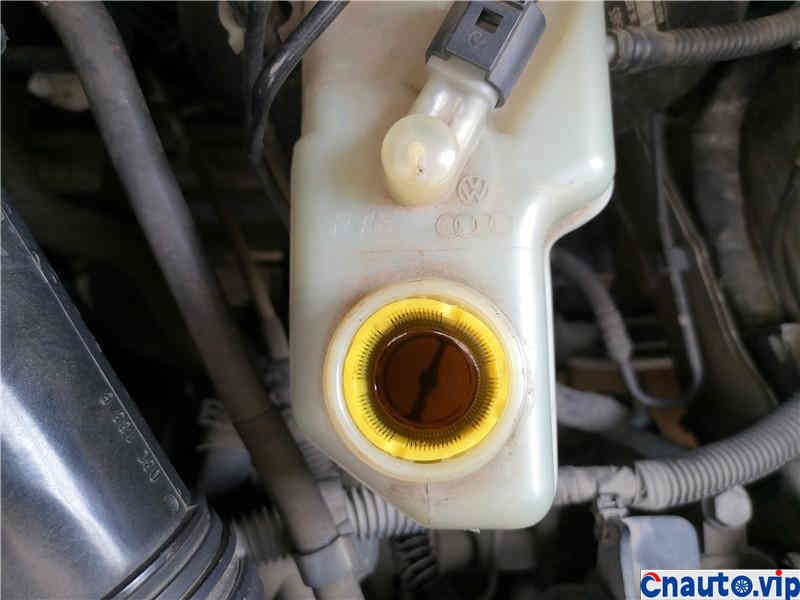
You can see that there is also a layer of filter, and the oil is not dirty.

Tool used: Water content testing pen.
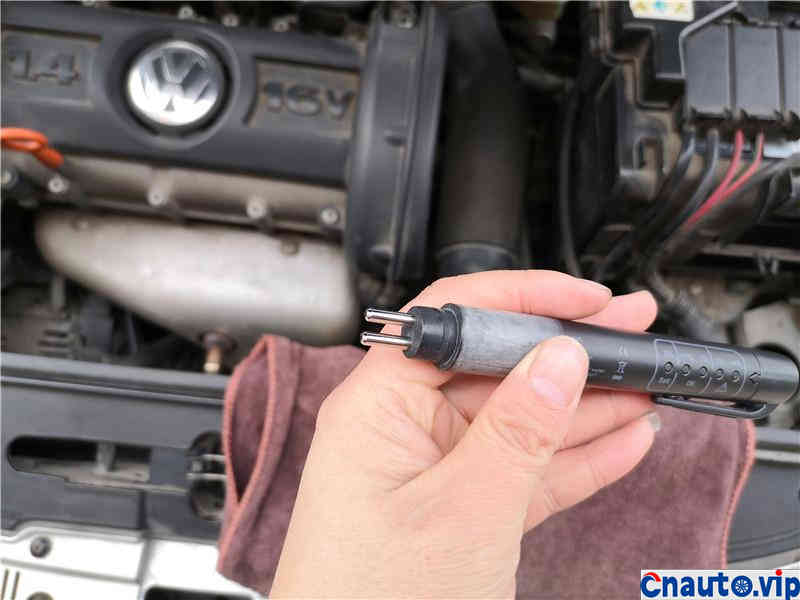
At one end are 2 sensor heads for detecting water content.
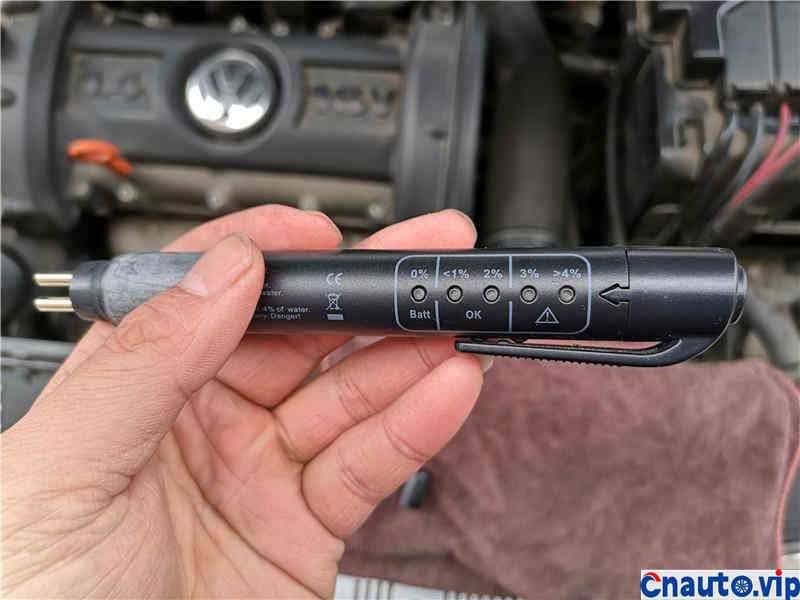
The pen body is a light for testing and has a water content of less than 2%. If it exceeds, it needs to be replaced.
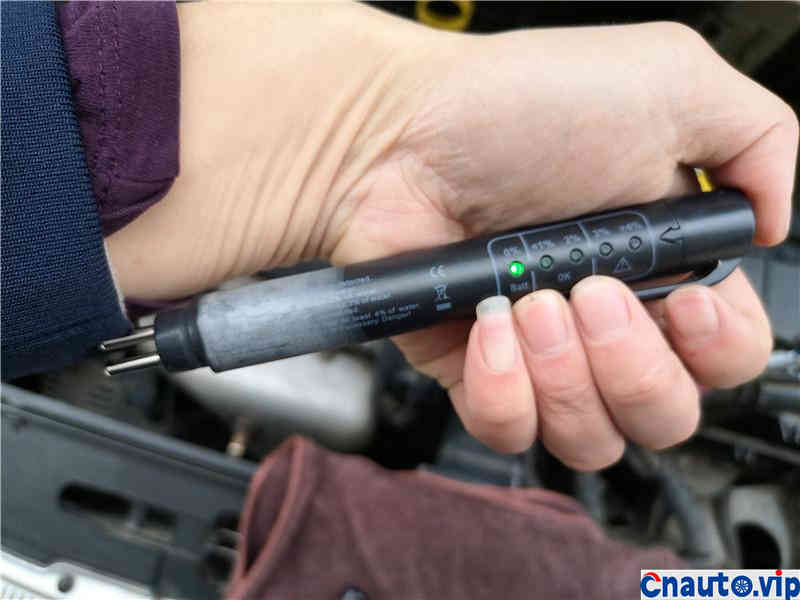
Press it, and the moisture content of the air is very low, so it displays 0%.
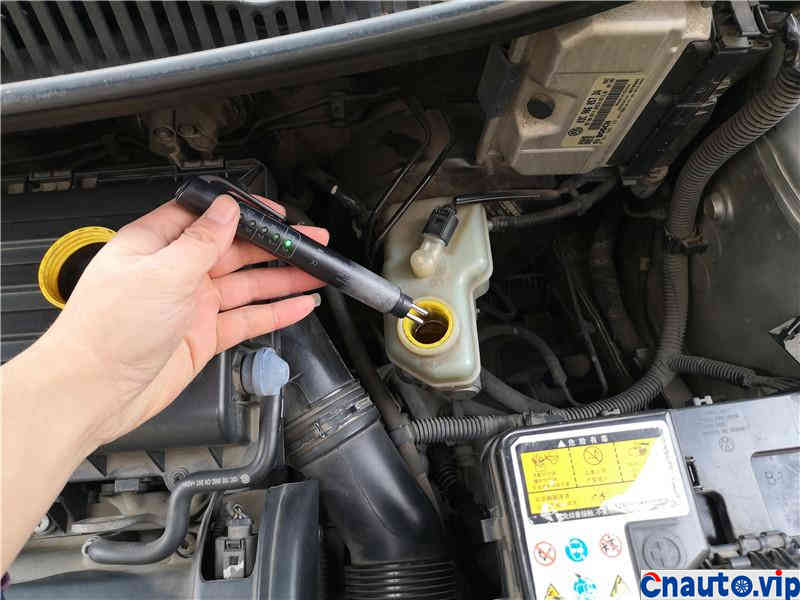
We immersed the test gauge in the brake oil can.
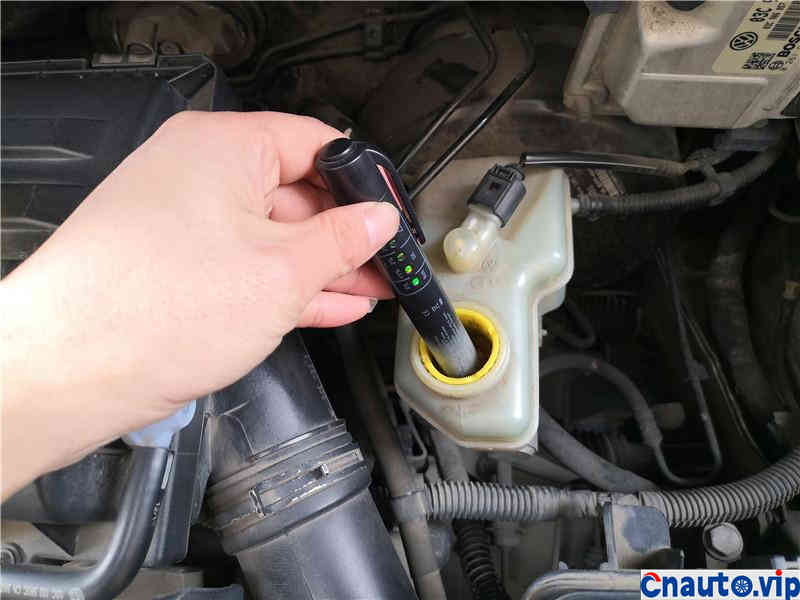
Then press Test to see the changes in the value.
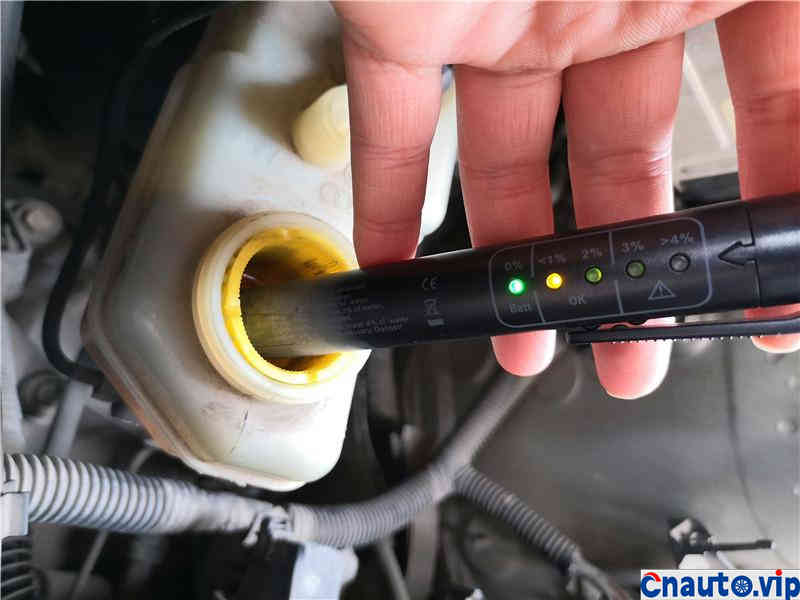
It can be seen that the current water content is about 2%, and it is still available at present.

When you take out the pen, you can see that the light shows 0% because you have not come into contact with the oil.
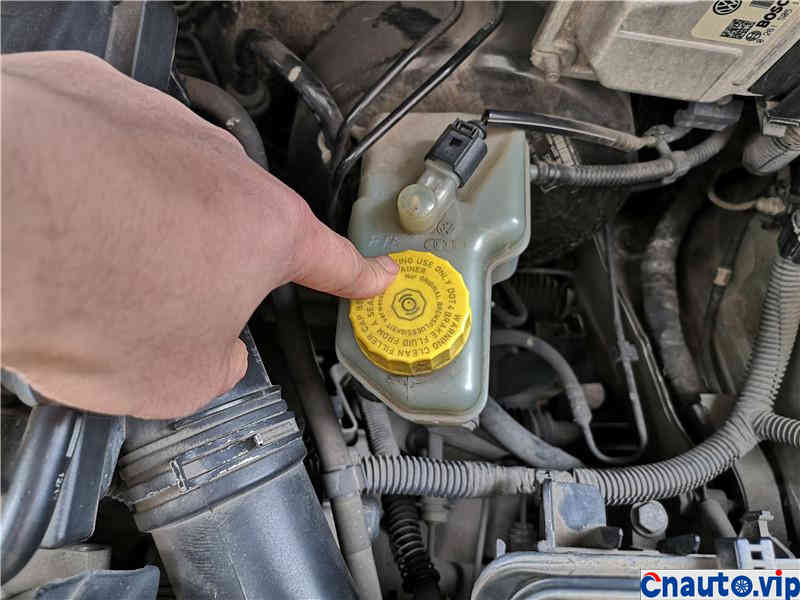
It seems that brake fluid can continue to be used. Remember to tighten the cover to prevent moisture in the air from escaping in.
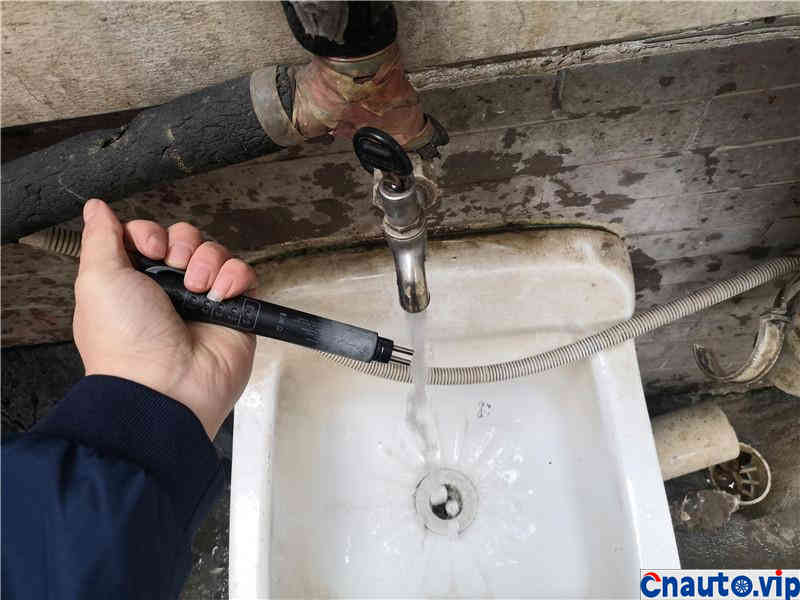
Clean the test pen for next use.
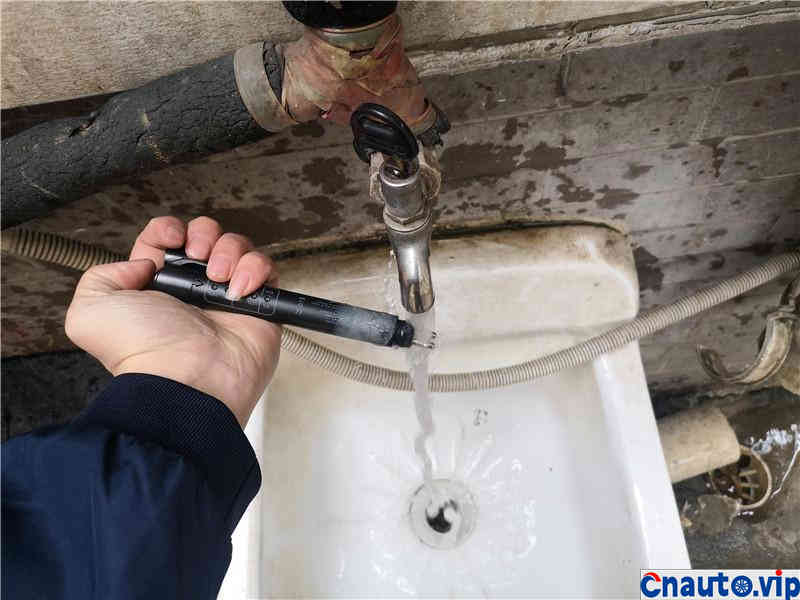
Places soaked in oil must be cleaned with water. Because brake oil dissolves in water, cleaning is easy.
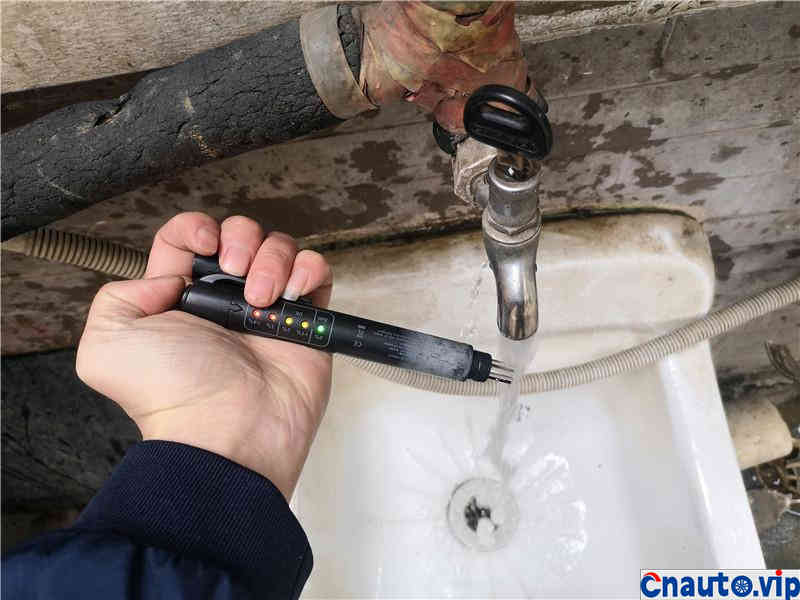
Of course, if you press it, you can see that the water content will definitely be a red light.
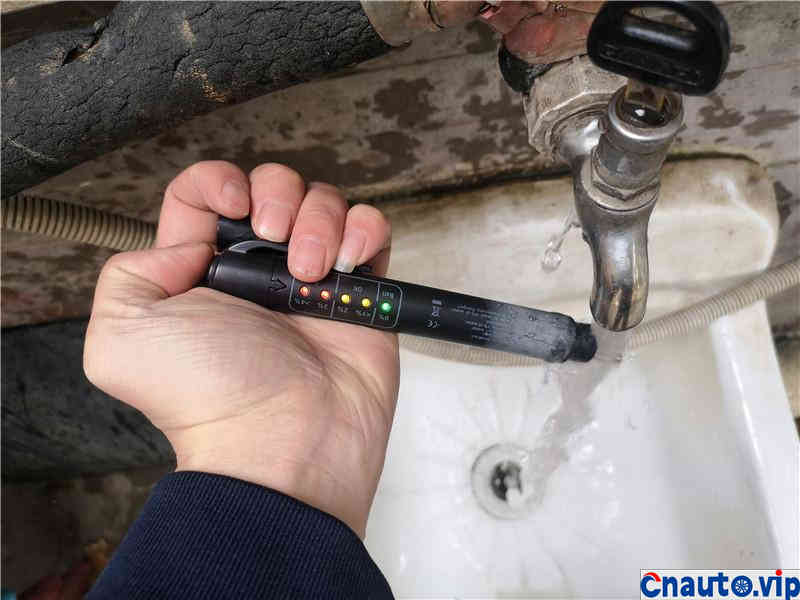
Imagine if the water content in brake fluid is so high, it is very dangerous.
This testing pen costs only about a dozen yuan. It is not expensive, but with the assistance of tools, it can better detect and understand the actual condition of the vehicle, which is more conducive to us standardizing the condition of the vehicle.
Hot Information
Tesla Autopilot and similar automated driving systems get ‘poor’ rating from prominent safety group
 April 1, 2024
April 1, 2024 Localization of EV parts without production scalability may not help cut EV price, says President, Amara Raja
 March 27, 2024
March 27, 2024 
JCTSL may turn bus stands into charging points for e-buses
 March 27, 2024
March 27, 2024 You May Like

